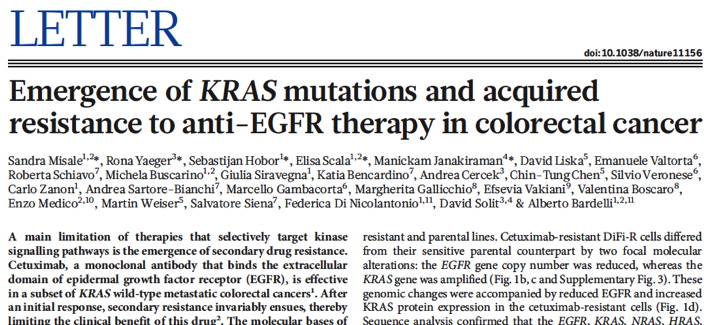
Reed et al., 2008 - Fri., Oct. 6
Team 1 members to present / explain:
Each group has the entire class period to present the paper. Please plan to leave some time (at least a few minutes) for questions and transitions between speakers. Timing of your presentations is critical. You must practice your presentations to both use most of the allotted time and stay within the allotted time. Try to divide up the presentation about equally among members of your team. It might be a good idea for each person's portion of the presentation to be divided up into at least two sections - that way, if a section runs long, each person still gets some time to present. You may want to appoint a person in the group to keep track of the time when team members are presenting, and alert them if they are going over their allotted time.
To demonstrate your understanding of the material, use your own words -- don't recite exact or near exact quotations from the paper. You should have a good understanding of what you are presenting -- be sure to read the paper and work with your group well in advance, and address questions to the instructor to help with gaining that understanding. This is not material you can understand and present by a single reading a day or two before the presentation.
The presentation should be structured around the key results of the paper, as seen in the Figures. Before starting out with Figure 1, however, the group must provide a reasonable background/introduction before diving into details of the figure and associated results. Similarly, the final presenter(s) may want to provide some discussion and conclusions of the paper to wrap up the presentation. Remember to keep in mind the 'big picture' in the intro and conclusions as well - why is this interesting and important?
One of your difficult tasks in preparing the presentation is determining exactly what to present -- you may not be able to cover everything in every figure in detail -- it is better to leave out something less important to give time for a better explanation of a key, important result. You can usually tell the relative importance by the weight given by the authors. As you might expect, generally 'supplemental' or 'supporting' information is generally less important.
Figures in journal articles are often small, compact and multi-part (complex). In a presentation, it is best to show only one or a few closely-related parts per slide (e.g., only Fig 1A, or Fig 1A & B), and generally to make them as large as possible on the slide. A powerpoint file is provided with all the figures (made large and divided into parts) as a starting point for your presentation. There may be few arrows or labels in the journal figure - so add your own. Then add an informative title to the figure section slide that summarizes the result / conclusion rather than an uninformative title like 'Results' or only 'Figure 1A & B.' Titles of slides can serve as 'thesis statements' - summaries of the main idea / conclusions of the result being presented.
Please feel free to integrate your paper presentation with lecture material, and to use illustrations from lecture (e.g., familiar Wnt or RTK signaling pathway slides may be useful). Please request any Powerpoint slides from lecture that you would like to use.
Understanding the methods used can be a challenge, but you should do so as best you can (see the methods guides, and, of course, speak with the instructor for help). Your presentation, however, should NOT be focussed primarily on techniques, but rather the results and their significance. Explain the methods only as much as is necessary to make the results understandable.
Grading: you will receive both an individual grade for your portion of the presentation, and the group will receive a grade for the overall presentation.

Team 1 members to present / explain:
For all figures, include related Supporting Information figure and table portions as appropriate (not necessarily everything).
Methods guide - additional information to help with reading the Reed et al. paper. Note some of the same techniques are used in the Misale et al., 2012 paper.

For all figures, include related Supporting Information figure and table portions as appropriate (not necessarily everything).
Methods guide - additional information to help with reading the Misale et al. paper. Note that some techniques used are also used in the Reed et al., 2008 paper.